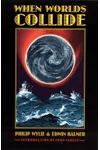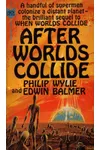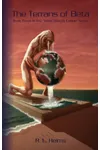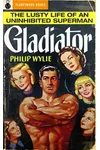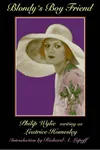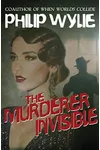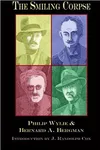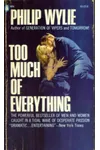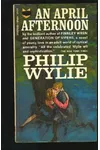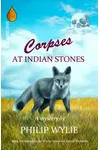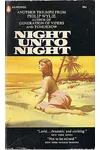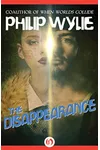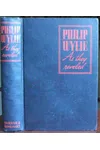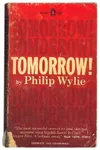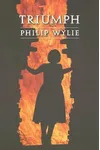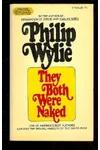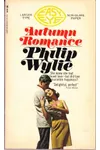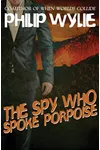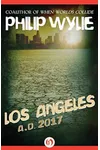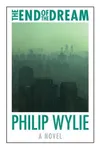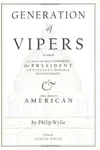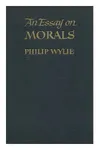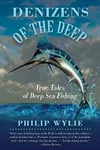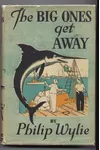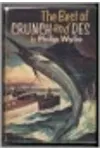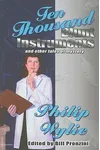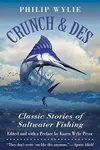Picture a Massachusetts-born storyteller who sent planets crashing and society reeling with his sharp pen—meet Philip Wylie! A master of science fiction and social criticism, Wylie’s works like When Worlds Collide blended cosmic adventure with thought-provoking commentary, inspiring comic book heroes and Hollywood films. His knack for weaving biology, psychology, and physics into gripping narratives made him a visionary of 20th-century literature.
Born in 1902, Wylie didn’t just write stories—he challenged readers to rethink humanity’s place in the universe. From pulp magazines to bestselling novels, his interdisciplinary approach left a lasting mark. Let’s dive into the life and legacy of this literary trailblazer!
The Making of Philip Wylie
Philip Gordon Wylie was born on May 12, 1902, in Beverly, Massachusetts, to a Presbyterian minister father and a novelist mother, who tragically died when he was five. Raised in Montclair, New Jersey, Wylie soaked up diverse influences, later studying at Princeton University (1920–1923) but leaving without a degree. His early career took him to journalism, advertising, and Hollywood screenwriting, where he adapted H.G. Wells’s Island of Lost Souls. This eclectic path shaped his bold, boundary-pushing style.
Philip Wylie’s Unforgettable Stories
Wylie’s bibliography is a treasure trove of pulp sci-fi, mysteries, and biting social critiques. His 1933 novel When Worlds Collide, co-written with Edwin Balmer, is a landmark of apocalyptic fiction. It follows scientists racing to save humanity from a rogue planet, Bronson Alpha, by building a spaceship to reach its habitable moon, Bronson Beta. The sequel, After Worlds Collide (1934), explores survivors’ struggles on the new world, eerily predicting World War II alliances.
Another gem, Gladiator (1930), features a superhuman protagonist whose struggles inspired Superman’s creators. Wylie’s The Disappearance (1951) imagines a world split by gender, probing societal norms and homosexuality with startling foresight. His 1942 essay collection Generation of Vipers coined “momism,” critiquing American motherhood and sparking heated debate. Wylie’s style—vivid, philosophical, and unafraid—blended hard science with human drama, making his stories both thrilling and cerebral.
His 69 “Crunch and Des” stories, published mostly in The Saturday Evening Post, followed the adventures of a charter boat captain, showcasing Wylie’s knack for lighter, character-driven tales. Whether crafting cosmic epics or social satire, Wylie’s work always carried a spark of rebellion.
Why Philip Wylie Matters
Wylie’s influence ripples through pop culture. When Worlds Collide inspired Alex Raymond’s Flash Gordon and a 1951 film, cementing the scientist-hero archetype in sci-fi. His Gladiator shaped Superman, while The Savage Gentleman (1932) echoed in pulp hero Doc Savage. Beyond fiction, Wylie’s social critiques in Generation of Vipers challenged norms, influencing mid-century intellectual discourse. His warnings about nuclear war and pollution, as in Tomorrow! (1954) and The End of the Dream (1972), remain hauntingly relevant.
Despite personal struggles with debt and depression later in life, Wylie’s prolific output—hundreds of stories, novels, and screenplays—earned him a devoted following. His ability to entertain while provoking thought ensures his place as a sci-fi and cultural pioneer.
- Born: May 12, 1902, Beverly, Massachusetts
- Key Works: When Worlds Collide, Gladiator, Generation of Vipers, The Disappearance
- Awards: Freedom Foundation Gold Medal (1959), Hyman Memorial Trophy (1959)
- Died: October 25, 1971, Miami, Florida
Ready to explore a universe of adventure and ideas? Snag When Worlds Collide or Gladiator and dive into Philip Wylie’s thrilling sci-fi legacy!
